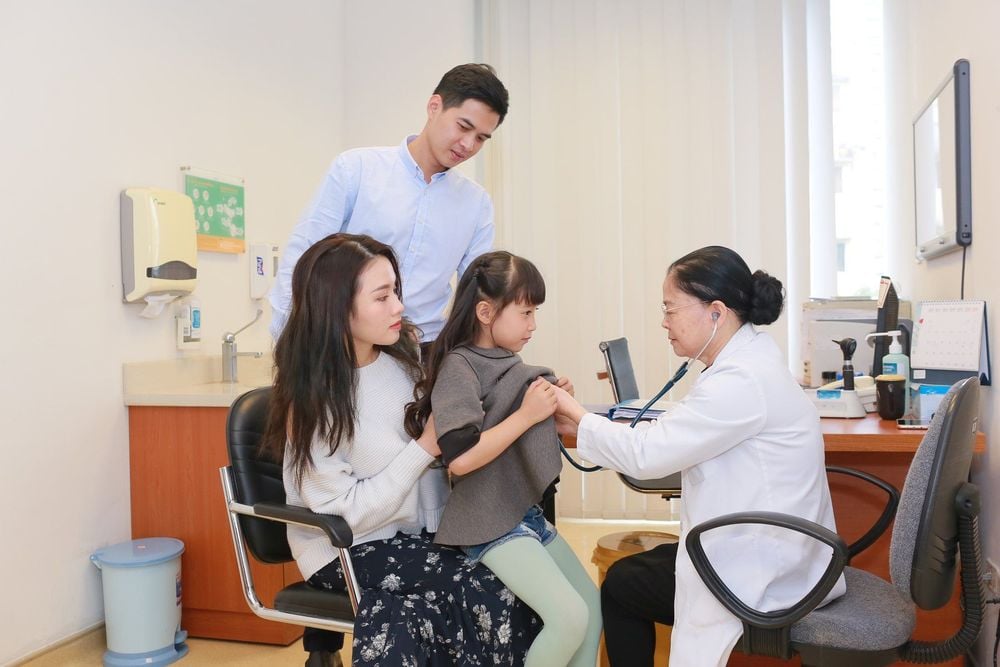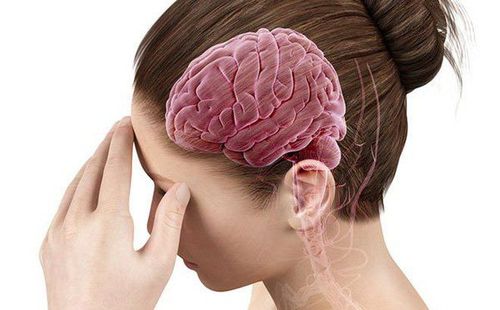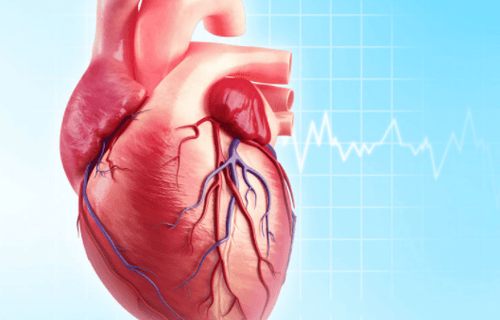This is an automatically translated article.
The article was written by MSc Vu Duy Chinh - High-tech Unit for Treatment of Cerebral Palsy and Autism - Vinmec Times City International General Hospital1. What is Rett syndrome?
Most babies with Rett syndrome seem to develop normally at first, but after about 6 months of age, children gradually lose skills that were previously acquired, such as the ability to crawl, walk, communicate, or use hand. Over time, children with Rett syndrome have more problems with using the muscles that control movement, coordination, and communication.
2. Medical techniques commonly used to diagnose Rett . syndrome
To diagnose Rett syndrome, the health professionals will base the girl's set of symptoms and behaviors compiled on observations and by talking with the girl's parents about the details. when symptoms started.
Rett syndrome is a rare syndrome, and presents with diverse symptoms, evolving over time, so the diagnosis of the condition needs to be differentiated from other conditions with similar manifestations, including: autistic disorders, cerebral palsy, other genetic and metabolic disorders and disorders of the prenatal brain.

For definitive diagnosis of RETT syndrome, genetic testing can confirm the diagnosis in 80% of suspected girls. Once the patient has a MECP2 gene mutation (+), no further testing is required. Patients who are tested for the absence of a genetic alteration should undergo differential diagnostic testing to identify the likely causes of these signs and symptoms including serum lactate, ammonia, pyruvate, and amino acid testing as well such as organic acids/urine and chromosomal tests.
Brain MRI helps to identify or rule out other causes of signs and symptoms. Some other tests may also be ordered by the doctor to differentiate or further evaluate the condition of the disease: electrocardiogram, electroencephalogram, neurophysiological testing (auditory test, electromyography). ..), psychological assessment test, cognitive test, polygraph respiratory test, histological test ...
3. Methods commonly used to treat Rett . syndrome
Although current medicine does not have a cure for the cause of Rett syndrome, there are methods to help treat the symptoms. Children with this syndrome need ongoing supportive treatments throughout life.
The best options available for the treatment of Rett syndrome include:
Standard medical care and use of supportive medications Physiotherapy Speech therapy Occupational therapy Good nutrition Education behavioral intervention Other support services

Supportive therapies can help girls with Rett syndrome improve their disease status and improve their quality of life, prolonging the average life expectancy in children with the disease. Some girls can go to school and learn to interact better socially.
Adjuvant medication can help improve some of the movement problems of Rett syndrome. Medicines can also help control status epilepticus.
4. Care, monitoring and evaluation of children with Rett syndrome
4.1 Care Good weight gain and seizure control with a high-energy diet (70% fat, 15% carbohydrate, and 15% protein) Osteoporosis is common in patients with Rett syndrome. Need to be treated with vitamin D, calcium and bisphosphonate supplements Increase activity, help children move, walk, balance and use the hand Using a hand brace to reduce hand-shaping movements helps the patient more focused, less agitated, and less self-injurious 4.2 Assessment Assessment of communication ability Children with Rett syndrome most of the time lose their language, but some still say a word and others Try to make eye contact and body language. Therefore, it is necessary to carefully assess the patient's communication ability and the parent's response to the patient's communication in order to intervene appropriately. It is very helpful to instruct children to use pictures in communication and is encouraged to do so.

Evaluation of mouth movements Swallowing disorders when eating and drinking occur in > 80% of patients with Rett syndrome when entering the period from 4 to 8 years of age. The child's tongue movements, mouth movements are difficult and stiff, and the voice sounds abnormal. Treatment ranges from simple to reducing oral stiffness and progressing to more complex interventions aimed at improving swallowing and oral mobility.
4.3 Follow-up Patients with Rett syndrome should be closely monitored for disease manifestations and the degree of change and progression of the manifestations, in which the symptoms that need attention are: screaming, irritability in the mouth. children, sleep problems, digestive conditions, constipation, scoliosis, menstrual problems and personal hygiene as the child gets older.
5. When do you need to see a doctor?
When a normally developing child shows signs and symptoms of Rett syndrome (which can be vague in the early stages) seek medical attention if you begin to notice physical problems or changes in behavior:
Slowed growth of the head or other body parts Decreased coordination or movement Repetitive hand movements Reduced eye contact or loss of interest in games

Pre-existing speech delay or inability to speak Behavioral problems or mood swings Pre-existing fine motor abilities gradually disappear The pediatric department at Vinmec International General Hospital is the address receive and examine the diseases that infants as well as young children are susceptible to: viral fever, bacterial fever, otitis media, pneumonia in children, ....With modern equipment, clean space infection, minimizing the impact as well as the risk of disease transmission. Along with that is the dedication from the doctors with professional experience with pediatric patients, making the examination no longer a concern of the parents.
Please dial HOTLINE for more information or register for an appointment HERE. Download MyVinmec app to make appointments faster and to manage your bookings easily.














